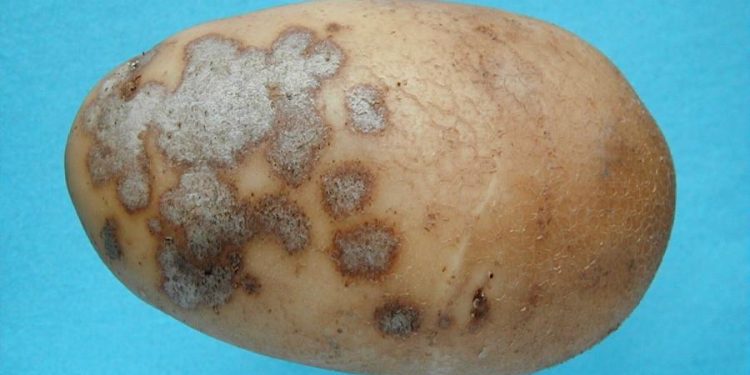Potatoes are a staple crop globally, and their production is critical to many farmers’ livelihoods. However, potato production faces numerous challenges, including the silver scab disease. In this article, we will delve into the causes and effects of silver scab disease on potato production and explore measures for managing and preventing it.
Silver scab is a fungal disease that infects potatoes, resulting in the formation of silvery scabs on the tubers’ skin. The disease is caused by the fungus Helminthosporium solani and can lead to a reduction in yield and quality. Recent studies indicate that silver scab can cause yield losses of up to 25% and decrease the crop’s value due to lower quality and marketability.
Silver scab spreads mainly through infected seed potatoes and soil, which can harbor the fungus for extended periods. The fungus can survive in soil for up to five years, making it challenging to eradicate from fields. Preventive measures such as the use of disease-free seed potatoes, crop rotation, and sanitation practices can help manage the disease.
Recent research has also shown that planting resistant potato varieties can help mitigate silver scab’s effects on potato production. The use of fungicides is not recommended as it can lead to the development of resistance and harm beneficial soil microbes.
In conclusion, silver scab is a significant threat to potato production, causing yield losses and affecting potato quality and marketability. Understanding the causes and effects of the disease and implementing preventive measures such as the use of disease-free seed potatoes, crop rotation, sanitation practices, and planting resistant potato varieties can help manage and prevent the disease effectively.

